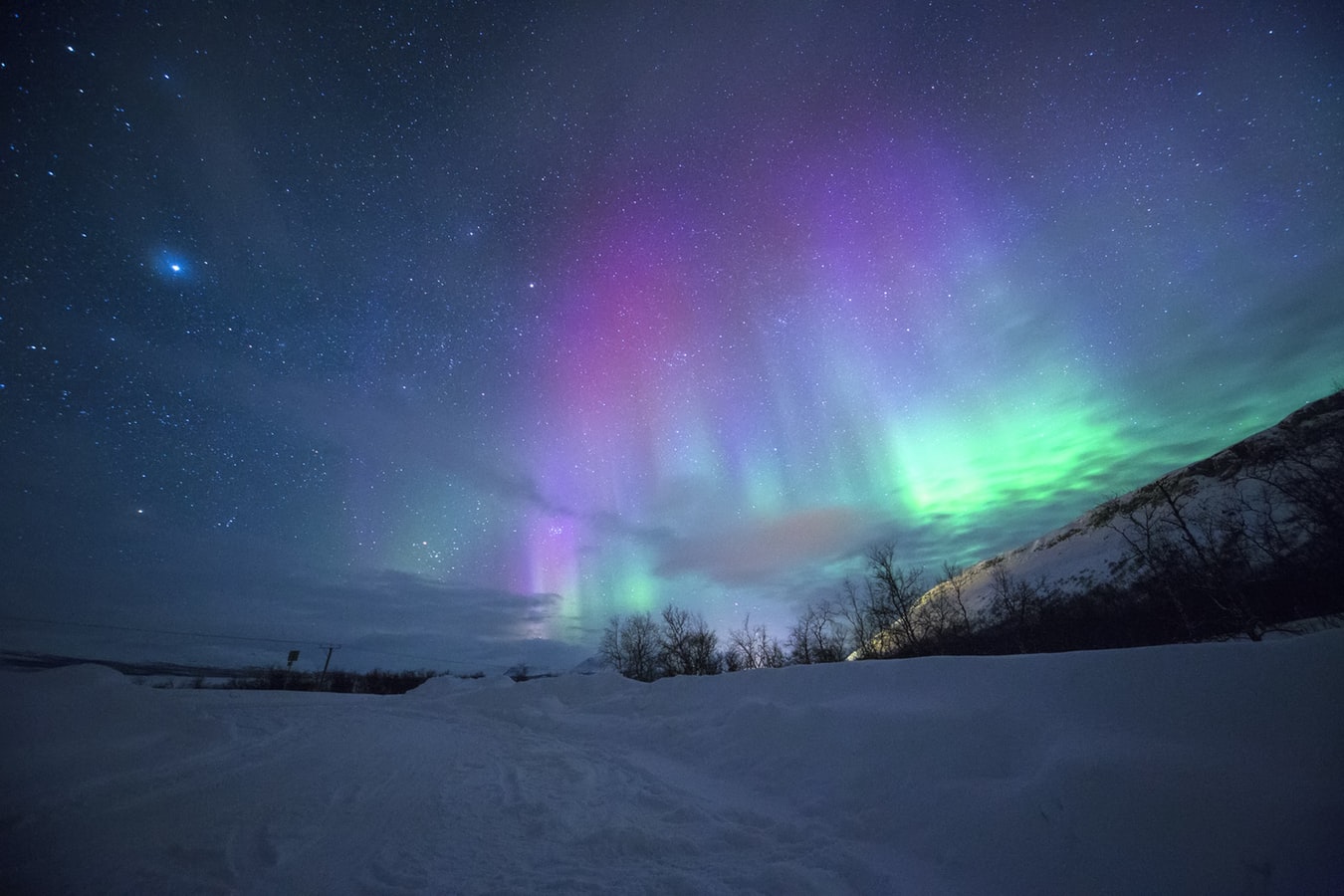GaiaNIR will be an astrometric mission in the near IR, candidate for the ESA Voyage 2050 L5 launch slot. It has been recommended by the ESA Senior Committee for Voyage 2050. Built on the Gaia principles, GaiaNIR is an astrometric mission in the near IR, candidate for the ESA Voyage 2050 L5 launch slot. The main goals are to explore the previously inaccessible components of the Galaxy, obscured by dust, in the near IR and to achieve a significant improvement in parallaxes and, most importantly, in proper motions by combining Gaia's epochs with new observations over a 20-year period. Improved astrometry will allow to enlarge the original Gaia science cases, from the details of the dusty spiral arms to exoplanets around nearby stars to IMBH embedded in clusters or wide binaries. We plan to identify which science cases can benefit from a GaiaNIR-like mission. Finally, this will ensure a revision of the Gaia reference frame.
The Spanish industry and scientific community, fully involved in the Gaia mission, will join in this meeting to discuss the technical and scientific challenges of GaiaNIR. The most updated design and status of the GaiaNIR mission will be addressed by the international core team.
In this meeting, we plan to cover the following topics (all to be confirmed):
- Mission overview: we count with the presence of Dr. David Hobbs (Lund observatory) to give a review talk.
-
Technical challenges of the mission: covering from
- the current detector study
- challenges on the telemetry
- radial velocity calculations
- the GaiaNIR photometry.
-
IR Astrometry: big science questions: we plan to give insight on the scientific challenges and the requirements for IR astrometry for different fields:
- Galactic nucleus
- Bulge and Galactic bar
- Dwarf galaxies
- LMC/SMC dynamics
- Celestial frame
- Low mass stars
- White dwarfs
- High mass stars & star forming regions
- Exoplanets
- Others
- Round table with the Spanish industry
-
Requests on simulations: what kind of simulations are needed?
- GaiaNIR simulator
- The Jasmine simulator
- Simulations of the Local Group
- Simulations on the MW exoplanets
-
Synergies with other missions:
- Ongoing: Euclid, Rubin, SPHEREx, JWST (high precision astrometry),...
- Future: Roman, Haydn,...
- Habitable exoplanets (HWO, LIFE, ...)
- High precision Radio Astrometry
- Others
- Round table on the actions for future Spanish enrollments
The webpage of the meeting including the registration form is:
https://indico.icc.ub.edu/event/675/
There are a number of slots allocated for short talks open to the scientific community. Please, submit your abstract using the Call for Abstracts form before December 1st 2025.
The Scientific Organizing Committee of the meeting is:
Giuseppina Battaglia (IAC)
Jose Caballero (CAB)
Josep Manel Carrasco (UB)
Minia Manteiga (UdC)
Mercè Romero-Gómez (UB, Chair)
Rainer Schödel (IAA)
